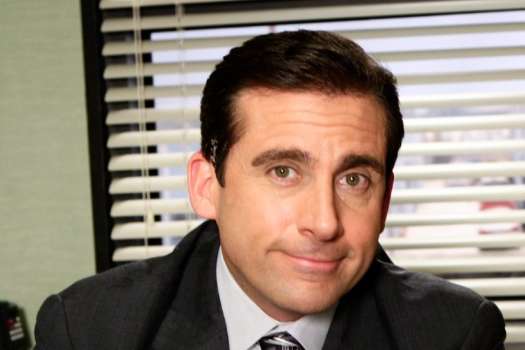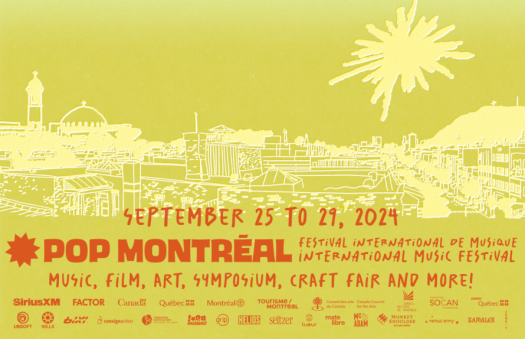Four Chaplin classics get the deluxe DVD treatment with this series of two-disc issues that delves deep into the history of the Little Fellow, fleshing out the restored classic films with documentaries, archival footage, and in many cases more than one version of the film. Charles Chaplin writer, director, producer, music composer and philanderer considered The Gold Rush the film for which he would like to be remembered. Originally completed in 1925 in a silent version, the effort is a classic Tramp tale seeking fortune in Alaska, Chaplin's Tramp finds misfortune and starvation in a wintry shack while the elements blowing drifts over a lost mining fortune. Any number of classic comic moments are contained here: Chaplin's moonwalk into a hurricane-force wind; the dinner party fantasy scene in which he makes the rolls dance (a bit not actually originated here); hunger turns Charlie into a chicken in the eyes of his compatriot; and the Tramp serves his boiled boot as a gourmet meal. In terms of DVDs, there's probably no one alive that's seen a better version of the film than this. The digital transfer, sourced from the Chaplin family collection, has been meticulously done and all of Chaplin's glory as a filmmaker is brilliantly on display. Silent films are typically dismissed in the modern age as the cave drawings of the medium, but that impression of Chaplin couldn't be more wrong: it took him 15 months to film The Gold Rush, first high in the Sierra Nevada, then recreating Alaska in the studio. The chicken transformation was done with Chaplin in the suit (since no one else could match his diminutive form and inimitable physicality), a trick pulled off in-camera and while Chaplin was also directing. The Gold Rush is also presented in two different versions: in its original 1925 silent form, with new piano accompaniment inspired by the original score; and in the newly restored "director's cut" that Chaplin himself oversaw in 1942. In the later version, several scenes are altered or re-shot (including the explicitly romantic original conclusion), and a beautiful narration (written and spoken by Chaplin) is laid over the film, replacing the inter-titles. It was a late-period concession for Chaplin, who despite being one of Hollywood's true pioneers, fought the invention of talking pictures for as long as he could after all, the universality, world-wide, of his Little Tramp was the key to his fame; the Little Tramp remains the most instantly recognisable fictional character in the world. Especially in terms of silent films, context is everything, and The Chaplin Collection does an excellent and occasionally unusual job with DVD extras. Chaplin's career and the context for The Gold Rush is contained in a brief introduction by his biographer, David Robinson. "Chaplin Today" is a series of films that explores his influence on a range of other filmmakers in this case, a Burkina Faso filmmaker named Idrissa Ouedraogo. That Ouedraogo's connection to Chaplin seems remote at best makes the feature that much quirkier and more interesting. But given the material, is a commentary from Robinson or a noted silent scholar like Kevin Brownlow too much to ask? Extras: 1925 silent version; 1942 director's cut; "Introduction"; "Chaplin Today" featurette; photo gallery. (M2K Editions/Warner)
The Chaplin Collection: The Gold Rush
Charles Chaplin

BY James KeastPublished Aug 1, 2003



